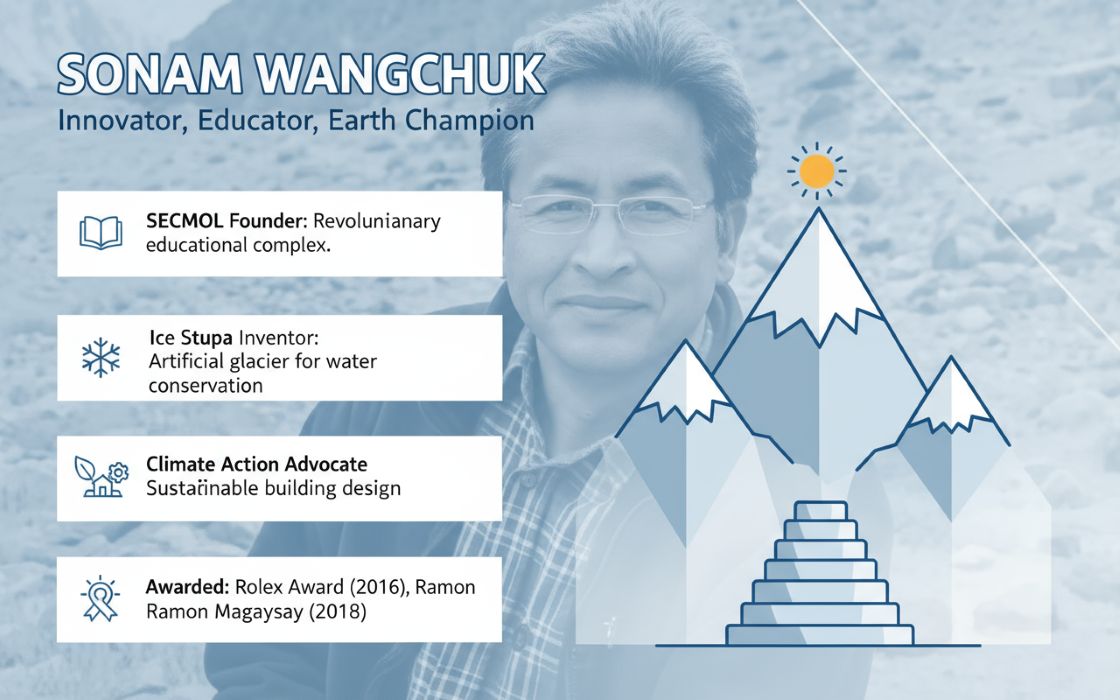India is the world’s third-largest generator of e-waste, yet its recycling ecosystem remains largely inefficient, with a significant portion of discarded electronics ending up in informal channels. While countries like China and the USA have made strides in secondary metal extraction and formalized recycling, India still struggles with outdated recovery methods, weak regulatory enforcement, and low consumer awareness. However, recent policy shifts, including stricter Extended Producer Responsibility (EPR) regulations, signal a promising step toward a more structured and sustainable e-waste management framework.
To gain deeper insights into India's e-waste landscape, its pressing challenges, and potential solutions, we speak with Mr. Jasbir S. Juneja, Partner at Redseer. In this conversation, Mr. Juneja discusses how India can strengthen its formal recycling sector, adopt advanced recovery technologies, and integrate informal waste channels into the formal ecosystem. He also highlights the role of businesses, investors, and policymakers in fostering a self-sustaining e-waste recycling industry. With rapid digital growth and rising electronic consumption, India's approach to e-waste management today will define its environmental and economic sustainability for the future.
Scroll down to read the full interview:
Q. India is the third-largest generator of e-waste globally, yet its recycling ecosystem remains largely inefficient. How do you assess India’s e-waste landscape, and what pressing challenges do you believe require immediate attention?
A. In India, informal channels dominate the collection process, employing outdated and environmentally harmful methods. These practices degrade through inefficient extraction methods, making it difficult for them to access high-grade raw materials, thereby diminishing recovery value and profitability. To address these issues, it is crucial to boost formal processes, enforce stricter environmental standards, and invest in modern recycling technologies that promote both efficiency and sustainability.
Q. Countries like China and the USA have made significant progress in secondary metal extraction from e-waste. What can India learn from their strategies to improve recovery rates for high-value metals such as gold, copper, and aluminium?
A. China and the USA have robust waste collection infrastructures that ensure formal recyclers receive high-quality raw materials, essential for extracting high-value metals like gold, copper, and aluminium. Their heavy investments in proprietary recycling technologies have further enhanced both efficiency and environmental safety. India can emulate these strategies by developing modern collection networks and fostering innovation in recycling technologies. Such measures would not only improve recovery rates but also support the growth of a sustainable and competitive recycling sector.
Q. Technology plays a crucial role in maximizing e-waste recycling efficiency. What technological advancements or innovations could help India bridge the gap in high-value metal recovery, and how feasible is their implementation?
A. Enhancing metal recovery in India’s e-waste sector hinges on adopting advanced recycling technologies. Innovations such as automated dismantling, sensor-based sorting, and optimized hydrometallurgical processes can significantly improve efficiency and reduce environmental harm. Although India currently lags behind global leaders in technology, pioneering efforts by select formal recyclers indicate a promising trend. With increased investment in R&D, and appropriate regulatory support, these technological advancements can be scaled effectively, bridging the existing efficiency gap in high-value metal extraction.
Q. The formal recycling sector in India remains underdeveloped compared to the informal sector. What steps are needed to strengthen the formal sector, and how can it help reduce India’s dependence on imported metals?
A. The underdevelopment of India’s formal recycling sector is largely due to challenges in securing high-quality e-waste, which is often diverted to informal channels. To reverse this trend, robust collection infrastructure, coupled with enhanced EPR regulations, is essential. Recent mandates requiring manufacturers to recycle end-of-life products via registered recyclers, along with established price floors for EPR certificates, signal positive steps forward. These measures can improve material quality and recovery rates, ultimately reducing operational costs and decreasing reliance on imported metals.
Q. A significant portion of e-waste remains untapped in consumer households and the informal recycling ecosystem. What strategies can be used to integrate these sources into the formal recycling framework to capture more value?
A. To harness the full value of untapped e-waste from households and informal channels, a dual strategy is necessary. First, consumer awareness campaigns should be launched to educate the public on the environmental and health risks of improper disposal. Second, developing efficient and user-friendly collection mechanisms—such as dedicated drop-off points and door-to-door pickups—will facilitate the direct channelling of e-waste to formal recyclers. This integration can lead to a more sustainable recycling ecosystem in India.
Q. EPR (Extended Producer Responsibility) policies and financial incentives are often seen as catalysts for change. How can India refine its EPR framework and introduce targeted incentives to enhance formal e-waste recycling and improve metal recovery rates?
A. After recent changes, India’s EPR framework now ties recycling targets to the extraction of 4 key metals i.e. gold, copper, aluminium, and iron, offering a promising foundation for boosting formal recycling. To refine this framework further, clear, enforceable extraction targets have been established alongside financial incentives that reward compliance and high recovery rates. Such targeted incentives will encourage investment in advanced recycling technologies and drive operational efficiency. Strengthened oversight on compliance, and technical support for recyclers will also ensure that these standards are met, enhancing both environmental outcomes and economic viability.
Q. India’s e-waste regulations have evolved, with the latest E-Waste (Management) Rules, 2022, introducing stricter compliance measures. How effective have these regulations been in practice, and what could be done to address any existing gaps?
A. The latest E-Waste (Management) Rules, 2022, have shifted India’s regulatory focus from simple collection to performance-based compliance by linking recycling targets with metal recovery. This approach expands the categories of e-waste covered and imposes stricter obligations on manufacturers and recyclers. However, gaps remain, particularly in motivating consumer participation. Addressing these gaps will require the introduction of consumer-focused incentives, enhanced public awareness initiatives, and improved collection infrastructure. Such enhancements can ensure that all stakeholders actively contribute to a more effective and comprehensive recycling framework.
Q. Beyond infrastructure and policy, social and behavioural factors significantly impact e-waste management. How can consumer awareness and behavioural change campaigns encourage responsible disposal and higher participation in formal recycling systems?
A. Consumer awareness and behavioural change are critical for bolstering formal recycling efforts. Targeted campaigns that highlight the environmental and health risks associated with improper e-waste disposal can significantly shift public behavior. In addition, initiatives such as direct-to-consumer (D2C) pickup services and community collection drives simplify the recycling process, making it more accessible and attractive. Digital platforms that provide information, incentives, and easy scheduling for pickups further encourage participation. By aligning these measures with robust infrastructure, a higher rate of responsible e-waste disposal can be achieved.
Q. Given the rapid pace of digital transformation and growing electronic consumption in India, how do you see the future of e-waste management evolving over the next decade?
A. Over the next decade, India’s e-waste management landscape is poised for significant transformation driven by rapid digital growth and rising electronic consumption. Enhanced policy measures, including stringent EPR regulations, will likely spur the development and expansion of formal recycling infrastructure. This progress, coupled with investments in advanced recycling technologies and improved collection systems, will lead to higher recovery rates and increased profitability for the formal sector. As a result, the industry is expected to become more competitive and self-sustaining, reducing environmental impact and reliance on imported metals while fostering economic growth.
Q. Lastly, what role do businesses and investors play in accelerating India’s transition toward a more sustainable and economically viable e-waste recycling ecosystem?
A. Businesses and investors are key to accelerating India’s transition toward a sustainable e-waste recycling ecosystem. By investing in the underdeveloped formal sector, they can help modernize recycling infrastructure, implement advanced technologies, and scale operations. This infusion of capital not only improves recovery rates and profitability but also reduces dependence on imported metals. Active private-sector involvement, supported by clear policy frameworks and market incentives, will drive innovation and attract new players. Ultimately, strategic investments will be instrumental in establishing a robust, efficient, and environmentally responsible recycling industry.

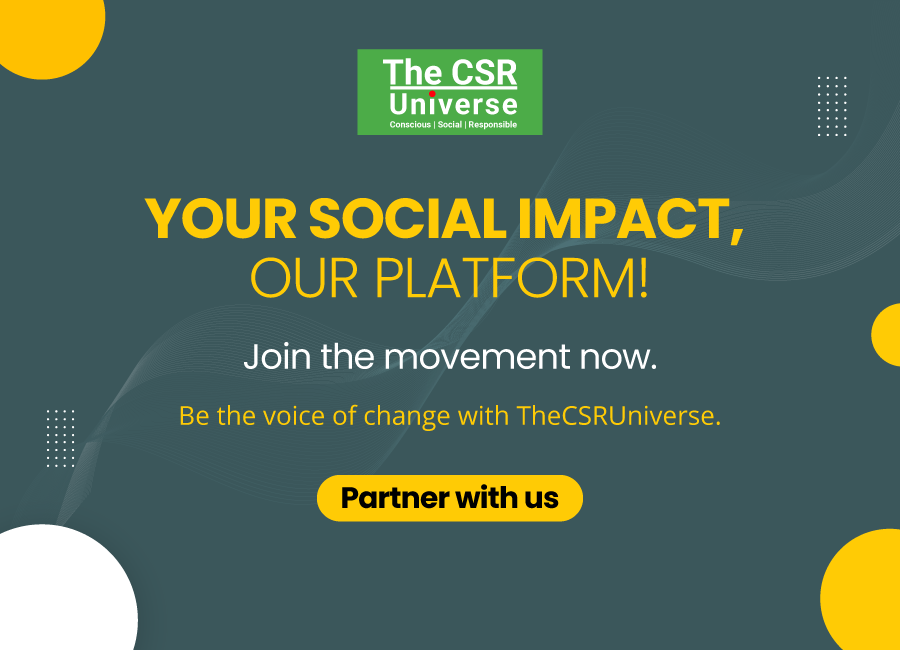


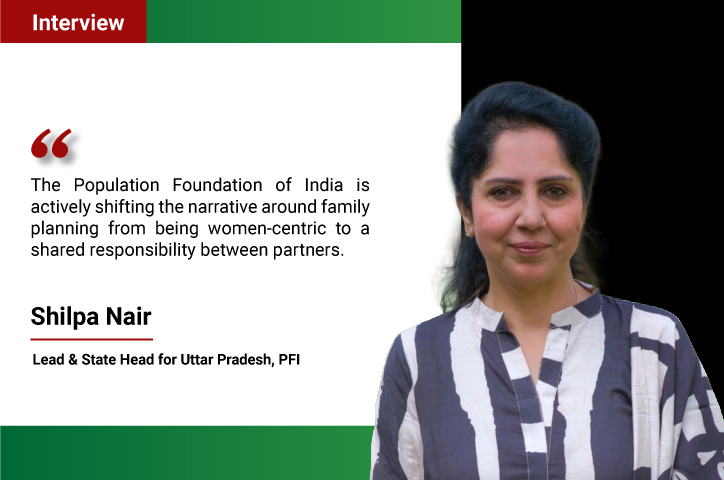



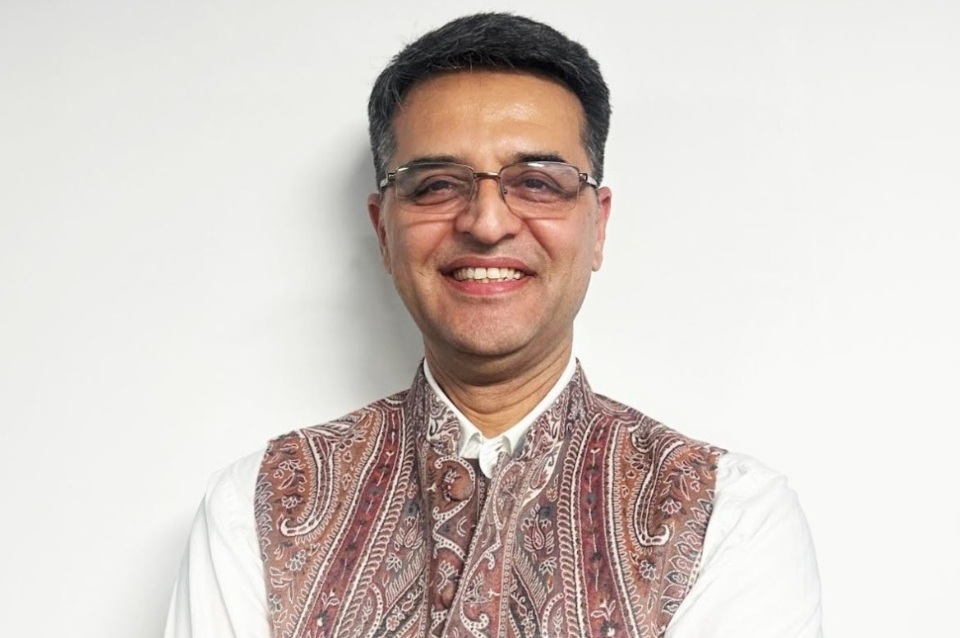



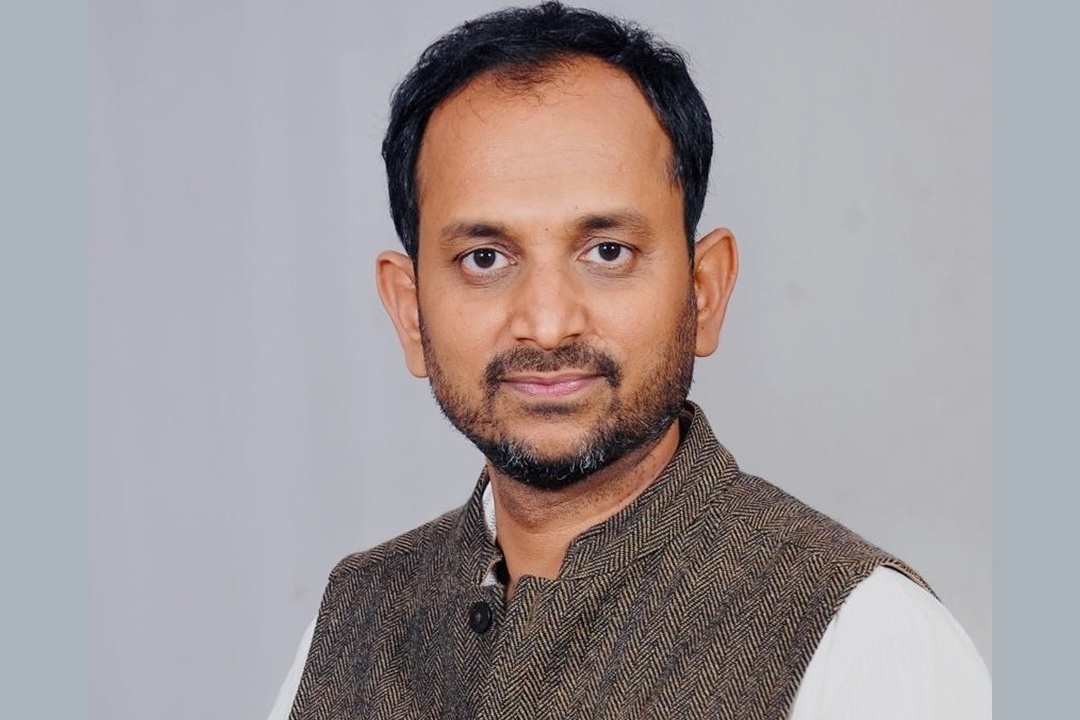


.jpg)

